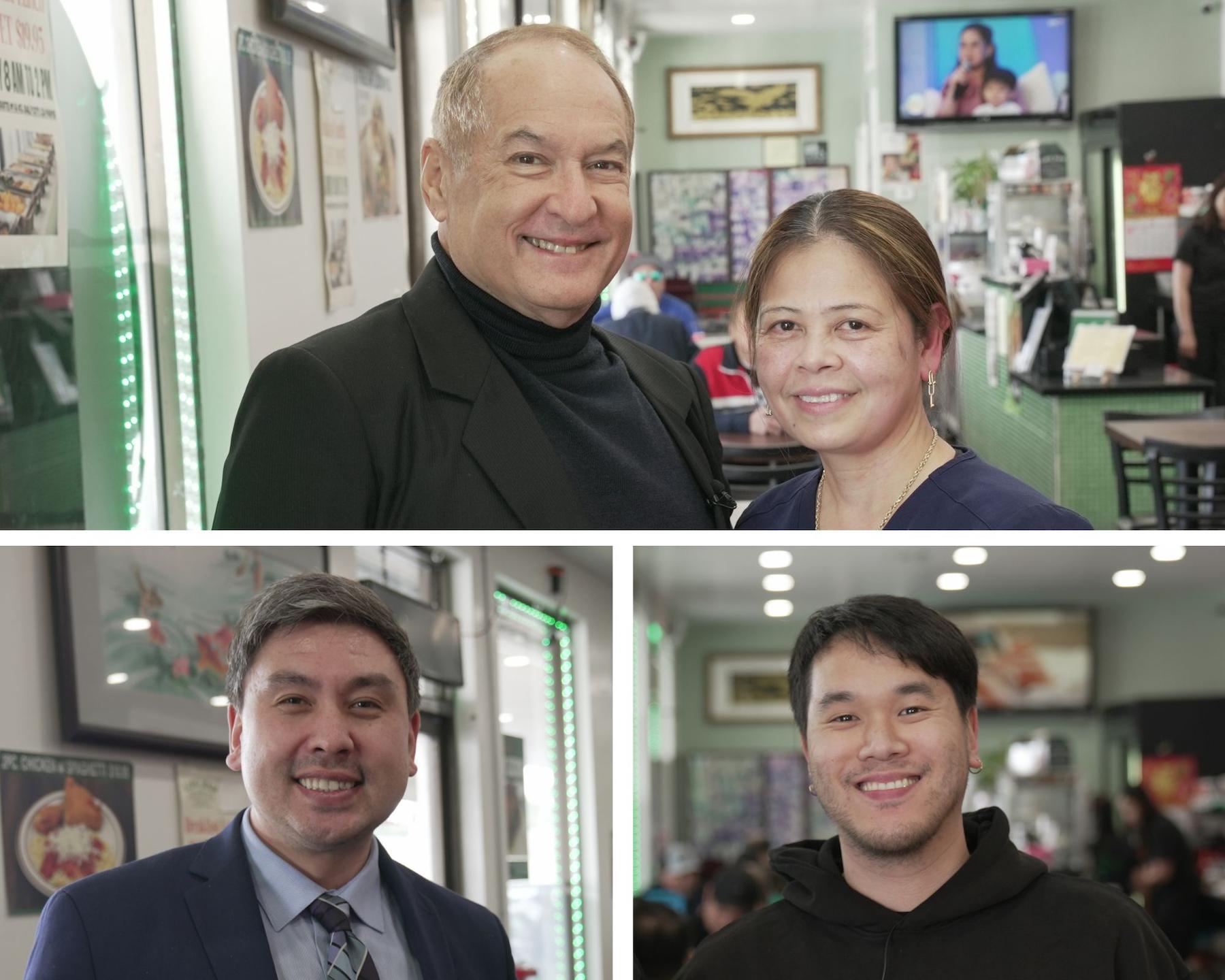Upang makakuha ng employment-based green card, karaniwan ay may tatlong hakbang para dito. Ang unang hakbang ay ang PERM Labor Certification, kung saan ang U.S. employer ay magpapakita sa U.S. Department of Labor (DOL) na walang kwalipikadong U.S. worker para sa posisyong inaalok sa dayuhang empleyado. Pagkatapos maaprubahan ang the PERM Labor Certification, ang pangalawang hakbang ay ang filing ng I-140 Immigrant Petition, kung saan ang U.S. employer ay magpapakita sa USCIS na ito may may kakayahang magbayad ng offered wage sa dayuhang empleyado. Dito, kailangan ding ipakita ng dayuhang empleyado na siya ay nagtataglay ng edukasyon, karanasan at pagsasanay para sa inaalok na posisyon sa kanya. Ang pangatlo at huling hakbang ay ang pag-file ng I-485 Application to Register Permanent Residence or Adjust Status. Ito ang tinatawag na Green Card Application.
Ang paglipat sa ibang employer pagkatapos maaprubahan ang I-140 Immigrant Petition ngunit bago makuha ang green card ay karaniwang nangangailangan ng bagong I-140 Petition mula sa bagong US employer. Subalit ang bagong I-140 Immigrant Petition ay hindi kailangan kung ang I-485 alien-beneficiary ay nakatugon sa job portability requirements ayon sa American Competitiveness in the Twenty-First Century Act (AC 21). Sa ilalim ng AC 21, ang I-485 alien-beneficiary ay maaaring lumipat o mag-port sa ibang US employer para sa posiyong may “same or similar occupational classification” sa posisyong nasa PERM Labor Certification. Kailangan ding ang I-485 Application ay nakasalang na ng mahigit na 180 araw sa USCIS ayon sa AC21.
Upang magkaroon ng determinasyon kung ang dalawang posisyon ay nasa “same or similar occupational qualification”, sisiyasatin ng USCIS ang mga sumusunod: (1) ang DOL Standard Occupational Classification (SOC) system, na nagbibigay ng mga grupo at klasipiskasyon sa mga trabaho bilang distinct occupational categories; (2) ang mga tungkulin sa dalawang posisyon; (3) ang karanasan, edukasyon, pagsasanay, at lisensya na kailangan para sa bawat posisyon; (4) ang sahod para sa dalawang posisyon; at (5) iba pang may katuturang ebidensya na ibibigay ng I-485 alien-beneficiary. Ang alien-beneficiary ay kailangan ding magpasa ng Form I-485J Supplement, Confirmation of Bona Fide Job Offer or Request for Job Portability under INA Section 204(j), kasama ang mga dokumentong magpapatunay na ang bagong posisyon ay nakakatugon sa portability requirements ng AC 21.
There are usually 3 steps in order to obtain an employment-based green card. The 1st step is the PERM Labor Certification where the U.S. employer must establish with the U.S. Department of Labor (DOL) that no U.S. worker is qualified for the position being offered to the alien employee. After the PERM Labor Certification approval, the 2nd step is the filing of the I-140 Immigrant Petition with the USCIS, where the US employer has to show that it has the ability to pay the offered wage to the alien employee. Here, the alien employee has to show that he meets all the education and work experience requirements for the position offered. The 3rd and final step is the filing of the I-485 Application to Register Permanent Residence or Adjust Status. This is also called the Green Card Application.
Changing employers after an approved I-140 Immigrant Petition but before receiving the green card usually requires the alien to obtain a new I-140 Petition under the new employer. However, a new I-140 Immigrant Petition is not required if the I-485 alien-beneficiary meets the job portability requirements pursuant to the American Competitiveness in the Twenty-First Century Act (AC 21). AC 21 allows an I-485 alien- beneficiary to transfer or port to another employer for a position that is in the “same or similar occupational classification” as the one in the underlying PERM Labor Certification if the I-485 Application has been pending for more than 180 days. AC 21 permits lateral moves, career progression, and self-employment.
USCIS considers several factors when deciding whether the two jobs are “in the same or similar occupational qualification” such as: (1) the DOL Standard Occupational Classification (SOC) system, which groups and classifies jobs and occupations into distinct occupational categories; (2) the job duties of both positions; (3) the skills, experience, education, training, licenses or certifications specifically required to perform each job; (4) the wages associated with each position; and (5) other relevant and credible evidence submitted by the alien-beneficiary. The alien-beneficiary must submit Form I-485J Supplement, Confirmation of Bona Fide Job Offer or Request for Job Portability under INA Section 204(j) along with supporting evidence to prove that the new job meets the portability requirements under AC21.
***
ATTY. RHEA SAMSON is the principal of SAMSON LAW FIRM, P.C. She has been a member of the State Bar of California for over 15 years and the Integrated Bar of the Philippines for over 20 years. Atty. Samson received her Legal Management degree from the Ateneo de Manila University and her Juris Doctor degree from the Ateneo Law School. She was a Professor for over 10 years, teaching Obligations and Contracts, Labor Laws and Social Legislation and Taxation Law. Atty Samson is the author of The Law on Obligations and Contracts (2016), Working with Labor Laws-Revised Edition (2014) and Working with Labor Laws (2005).
SAMSON LAW FIRM, P.C., 3580 Wilshire Boulevard, Suite 1710, Los Angeles, CA 90010; Phone: (213) 274-4561; Email: info@samsonlawfirmpc.com.






